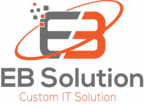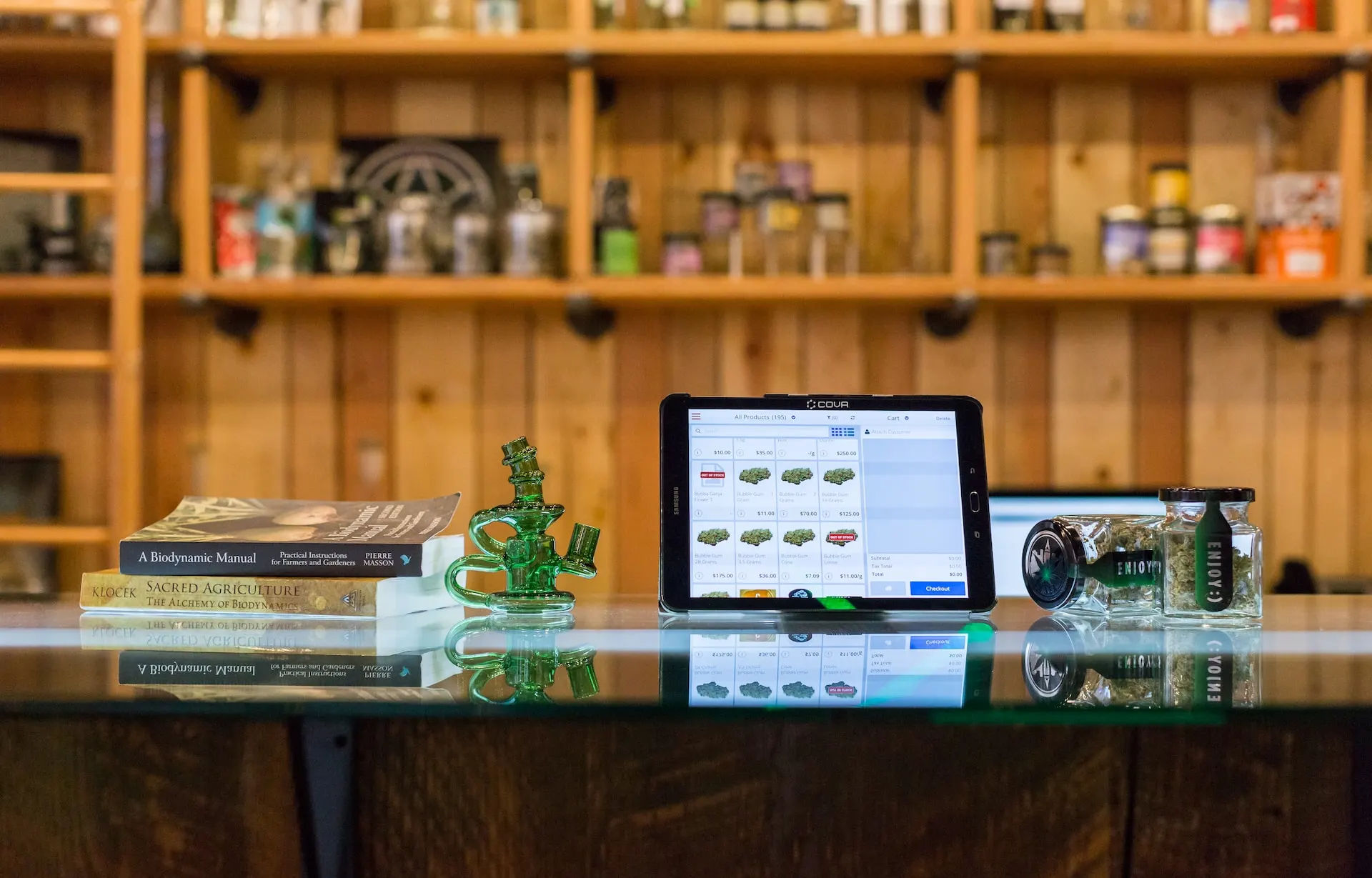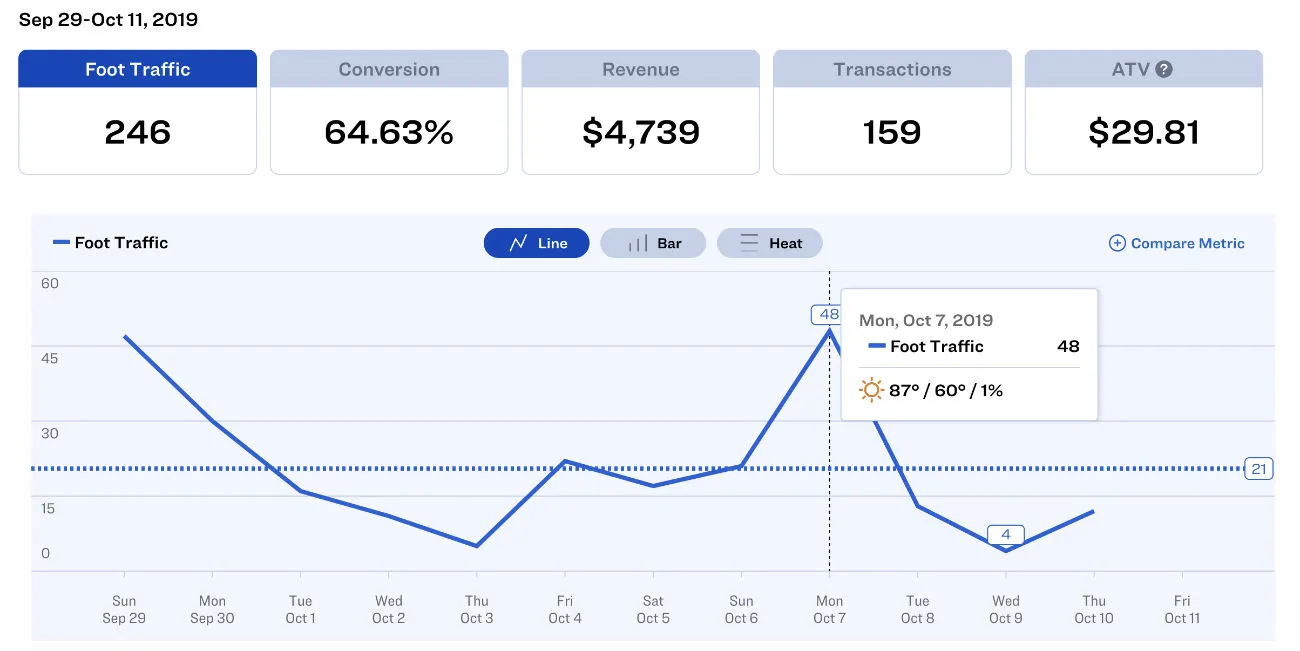As a retail store owner, you are striving to optimize your operations, increase revenue, and improve buying experience for your customers. And as any other store owner in the cannabis industry, you experience unique challenges in doing so. With so many dispensaries popping up, it’s important to stay ahead of the competition. One effective way of doing so is implementing in-store traffic monitoring. By analyzing customer behavior and store performance data, you can make informed, data-driven decisions that lead to increased sales and a better customer experience.
What is In-Store Traffic Monitoring?
In-store traffic monitoring refers to the use of foot traffic analytics, retail analytics, and customer behavior analysis tools to track and measure the flow of customers in and out of your cannabis retail store. By collecting data on foot traffic, customer behavior, and other key metrics, you can gain valuable insights into your store’s performance and make data-driven decisions to optimize your operations.
Benefits of In-Store Traffic Monitoring for Cannabis Retail Stores
With in-store traffic monitoring technology, you can:
Increase Sales: According to a study by Dutchie (“The Business Impact of Traffic Counting for Dispensaries, 2020”), stores that use traffic monitoring technology see an average of 20% increase in sales within six months. Higher foot traffic tends to have higher sales per transaction, suggesting that monitoring and optimizing foot traffic can lead to higher revenue for cannabis retailers.
Improve Marketing Effectiveness: A study by Headset (“The Power of Retail Analytics for CPG Brands, 2021”). found that stores that use traffic monitoring technology can see a 10-30% increase in the effectiveness of their marketing campaigns. By identifying which marketing strategies are most effective, you can allocate your resources accordingly.
Optimize Staffing: By analyzing foot traffic and customer behavior, you can optimize staffing levels and schedules to ensure that you have the right number of employees in the store at the right times. This can lead to a 20-30% increase in staff efficiency, according to a study by Brickwork Insights (“Optimizing In-Store Staffing to Maximize Sales and Customer Experience, 2019”).
Ensure Compliance: By using traffic monitoring technology, you can ensure that you are complying with federal and local regulations for security and surveillance. Avoid costly fines and penalties by staying on top of your compliance requirements.
Grow Revenue: A study by Cova Software (“The Business Case for Retail Analytics, 2019”) found that stores that use traffic monitoring technology can see an average revenue increase of 10-20%. By identifying opportunities to increase sales and revenue, you can boost your store’s bottom line.
Enhance Customer Experience: By using traffic monitoring technology to optimize staffing levels, product placement, and customer service, you can provide a better in-store experience that leads to increased customer loyalty and repeat business. According to a survey by High Yield Insights (“US CBD Consumer Insights, 2021”), 84% of cannabis consumers say that the in-store experience is important to their purchasing decisions.
How In-Store Traffic Monitoring Works
The most common way to monitor in-store traffic is through the use of sensors, cameras, and Wi-Fi tracking technology. Sensors can be placed at various locations throughout the store to track the movement of customers. Cameras can be used to monitor customer behavior, including how long they spend in certain areas of the store and how often they return to specific products or displays. Wi-Fi tracking technology can be used to identify the location of customers by detecting their mobile devices.
Once the data has been collected, it can be analyzed by specialized software programs to provide valuable insights into customer behavior.
In-store traffic monitoring systems can help you track:
- Foot traffic volume and flow. This metric tracks the number of customers who enter the store and how they move throughout the space. By analyzing foot traffic volume and flow, retailers can identify high-traffic areas of the store and optimize their product placement and marketing strategies accordingly
- Conversion rates. Conversion rates measure the percentage of customers who make a purchase in the store. By analyzing conversion rates, retailers can identify areas of the store where customers may be hesitant to make a purchase and make adjustments to improve the customer experience.
- Dwell times. Dwell times measure how long customers spend in specific areas of the store, such as at particular displays or product categories. By analyzing dwell times, retailers can identify popular areas of the store and optimize product placement and marketing strategies accordingly.
- Repeat visits. This metric tracks how frequently customers return to the store. By analyzing repeat visits, retailers can identify areas of the store that are effective at retaining customers and make adjustments to improve customer loyalty.
- Staffing levels and schedules. By analyzing foot traffic volume and flow, retailers can identify peak times of customer traffic and adjust their staffing levels and schedules accordingly to ensure that they have the right number of staff on hand to assist customers and provide a high-quality shopping experience.
How to Get Started with In-Store Traffic Monitoring
If you’re interested in leveraging the power of in-store traffic monitoring technology to enhance your cannabis retail store performance, here are some steps to take:
1. Evaluate Your Needs: Determine which metrics would be most valuable to track based on your pain points and areas for improvement, such as staffing optimization or compliance with regulations.
2. Choose a Provider: Look for a reputable provider of in-store traffic monitoring technology that specializes in cannabis retail. Consider factors such as cost, ease of use, and specific features and capabilities.
3. Implement the Technology: Work with your chosen provider to install and set up the in-store traffic monitoring technology. Train your staff on how to use the system and interpret the data it provides.
4. Stay Up-to-Date: Regularly review your metrics and adjust your strategy accordingly to ensure that you are getting the most out of the technology. To stay up-to-date, subscribe to industry newsletters and attend conferences and events related to cannabis retail and technology. This will help you stay informed about the latest advancements and features, and connect with other industry professionals.
It’s also important to keep in mind that in-store traffic monitoring technology is not a silver bullet solution to all of your business challenges. While it can provide valuable insights, it’s still important to take a holistic approach to optimizing your operations. This includes factors like product selection, pricing, and customer service, which can all impact your store’s performance.
Store traffic monitoring technology can provide cannabis retail store owners with valuable insights into customer behavior and store performance, leading to increased revenue and a better customer experience. By evaluating your needs, choosing a reputable provider, and implementing the technology, you can take advantage of the benefits that store traffic monitoring has to offer. Just remember to stay up-to-date with the latest advancements, prioritize customer privacy, use the data ethically, and take a holistic approach to optimizing your operations. With these considerations in mind, you’ll be well on your way to success in the rapidly expanding legal cannabis industry.
Don’t know where to start? Leave us a message!
Or schedule a call with one of our experts.



